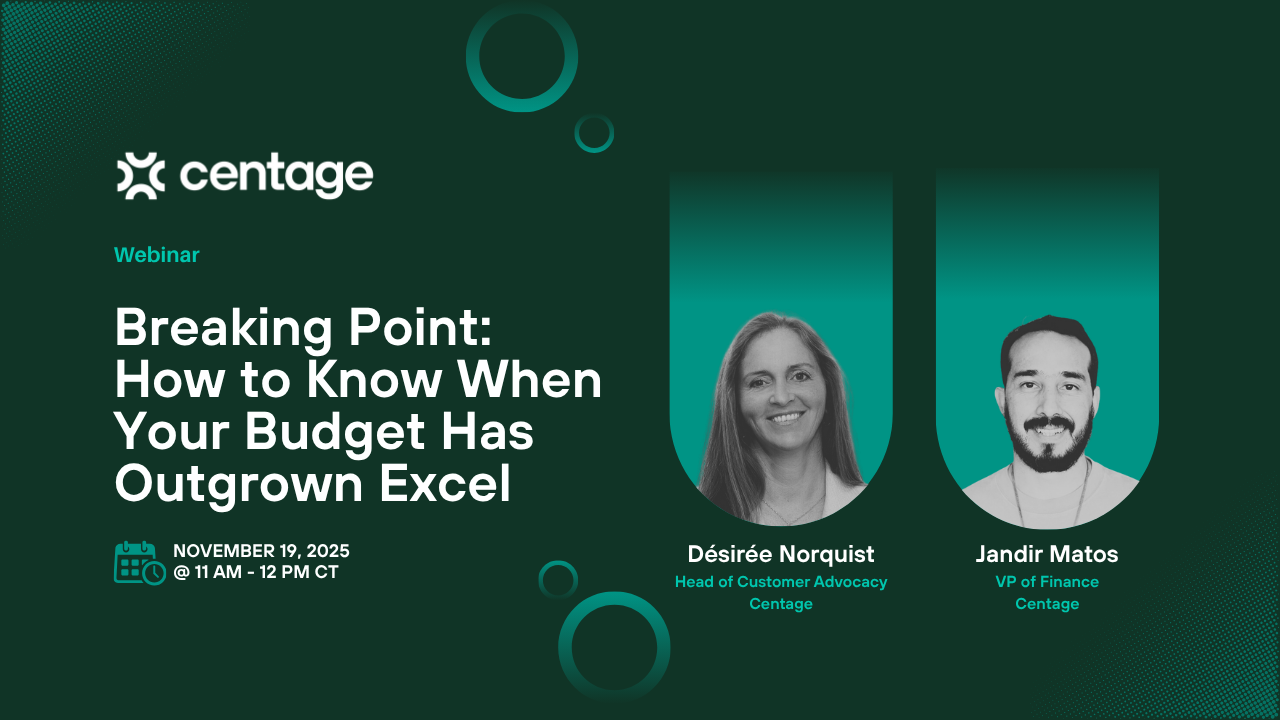Budgeting with 100 Contributors: How Nonprofits Create Alignment Without Losing Control
The Reality of Nonprofit Budgeting
For nonprofits, budgets aren’t just numbers—they’re commitments to donors, communities, and programs. Every line item has consequences. But the reality is messy:
- People costs dominate: staffing is often the largest, most complex expense.
- Business models are complex: restricted vs. unrestricted funds, program-level allocations, and multi-entity reporting.
- Revenue is volatile: grants vanish, pledges arrive late, donations surge or decline without warning.
This is why nonprofit budgeting is never simple, and why the tools built for more predictable businesses often fall short.
The LSS Example: 100 Contributors, One Budget
Lutheran Social Services (LSS) of Wisconsin and Upper Michigan manages dozens of programs, from foster care and adoption to addiction recovery and housing support. Nearly 100 program managers feed into the annual budget process, alongside a finance team of ten.
Without structure, this could easily become chaos. LSS found its balance by combining top-down discipline with collaborative input, supported by Centage.
- Leadership sets goals and deadlines.
- Finance provides program managers with data, including P&Ls, productivity trends, and headcount analysis.
- Program managers enter their own revenue and expenses, creating ownership and alignment.
The result? Budgets that reflect both organizational strategy and on-the-ground realities.
Why Collaboration Works in Nonprofits
For nonprofits, collaboration isn’t optional—it’s survival:
- People are the budget: every hire, every benefit, every reallocation matters.
- Complexity is unavoidable: funds, programs, and departments all need visibility and reporting.
- Volatility is the norm: when grants or donations change, budgets need to flex instantly.
By giving 100 contributors a voice while keeping finance in control, LSS ensures its budgets are both realistic and defensible.
The Centage Difference
This is where Centage’s nonprofit strength shines:
- Workforce-first FP&A: model headcount, benefits, and program staffing directly.
- Complexity-ready budgeting: manage allocations, restricted funds, and multi-entity rollups without breaking spreadsheets.
- Volatility-proof planning: spin up alternate scenarios when funding shifts, without losing alignment.
In other words: Centage doesn’t just make collaboration possible—it makes it reliable in the face of nonprofit reality.
The Bottom Line
Collaborative budgeting may take longer than a top-down approach, but for nonprofits, it creates alignment, ownership, and resilience. Lutheran Social Services shows how 100 contributors can shape one unified plan—and how the right FP&A platform makes the difference.
Because when workforce, complexity, and volatility define your budget, you can’t afford to plan with yesterday’s tools. 👉 Book your personalized demo today.
About the Author
Jandir Matos, VP of Finance at Centage
Jandir Matos serves as the Vice President of Finance at Centage, a leader in modern financial planning and analysis (FP&A) software. With over six years of experience in venture capital and private equity-backed tech companies, Jandir has a proven track record of building and scaling financial operations to drive growth and profitability.
Keep reading...
Interviews, tips, guides, industry best practices, and news.


